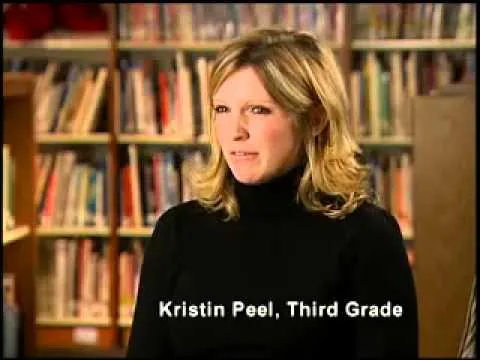
The more that you read, the more things you will know.
The more that you learn, the more places you will go.
(quoted by Dr. Seuss)
Now, that sure is a famous quote that rings true in the heart of education. We probably would have seen this quote plastered on the walls of classrooms, schools and even, on Pinterest boards. Two weeks ago, I wrote a post about Independent Reading Time with Kids, and I wanted to also draft another post about guided reading routines. So here I am with my much delayed post, sharing my personal perspectives and experiences with guided reading routines. Sorry for the long delay... I guess I was having too much fun from my spring break! Then, with back-to-back school and class events, I am now not in the pink of health, but I shall recover soon! This post is going to be a simple, straightforward post from me. Let's get started!
What is Guided Reading?
The sole purpose of guided reading is to offer direct opportunities for teachers to observe students' reading skills and assess their instructional reading levels. As teachers, we monitor their reading processes and check that the reading texts or materials are within their grasps, allowing them to connect and extend their newly acquired reading skills. This reading approach is very common in many schools across the world, and it really has great benefits in accelerating students' reading capabilities, with the emphasis of developing a strong voice as a reader and writer in them.
It acts as one of the best differentiated reading tools and strategies in any classroom. Guided reading routines are practised within small groups of students with similar reading levels so that it becomes easier for the teacher to target certain reading skills and strategies needed to advance to the next level. Remember it is not about discouraging weak or slow readers; it is all about empowering every reader in the classroom. Ultimately, we want to support students develop and apply reading strategies independently, and with confidence.


Guided Reading Routines (Tips and Tricks)
Set clear reading targets at the beginning of the year with students.
Pause, and really ask yourself as a teacher. What are the specific reading strategies or skills that you intend to develop in a certain time frame? Is it just about highlighting the features of the reading text? Is it about improving fluency and decoding? Or is it to improve comprehension skills and vocabulary? With some background intentions in mind, you can then collaborate with your students and select the best reading targets that the class is looking forward to achieving by the end of the month, or term.Conduct pre-assessment reading tests to determine which reading level your students are at. In my recent years of teaching, I discovered an effective handbook in reading assessment, and the book is called 3-minute Reading Assessments Word Recognition, Fluency, & Comprehension written by Timothy V. Rasinski and Nancy Padak (2005). Watch the video below for a quick overview, and feel free to Google this book - and who knows, you may be interested to purchase the book from Amazon!

- Conduct a mini-lesson for students to identify ways to choose a “just right” book for reading based on their reading levels, and in introducing other reading strategies and tools.
Explicit teaching and modelling is highly encouraged before introducing a new reading strategy or tool. It becomes more comprehensible for students to follow and pattern after what you, as a teacher, have just demonstrated. The picture below describes the ideal structure of a reading mini-lesson.

Use anchor charts to list down new reading strategies or tools that you would like students to work on.
Honestly, we can never get bored of anchor charts. Not only that it creates a positive culture of literacy in the classrooms, it helps make our thinking visible by recording strategies, processes and cues during the learning process. Effective use of anchor charts that are accessible and current for our students help guide their learning development at school with minimal assistance from teachers. Check out this amazing website for ideas on anchor charts!Adopt conference time or schedule to meet all small reading instructional groups.
Reading conferences should be kept short and focused, and it can be used as a time for assessment or instruction. During this time, teacher should be utilizing the time to check students' reading progress and encourage students to demonstrate the reading strategy or tool that the class is working on for that week, or period of time. Do encourage some time for students to self-monitor and self-correct during the conference time.Establish a clear routine of before-reading, during-reading and after-reading in your classroom.
As guided reading is targeted to push students to be comfortable with independent reading, the breakdown of the reading process becomes more vital for both students and teachers. The questions that we ask before reading, during reading and after reading help students navigate the big idea of the book whilst improving or challenging their comprehension skills. This resource is one of my main go-tos when it comes to my reading routines in the classroom. Feel free to also check out Scholastic for some during-reading prompters.

Thank you for reading my post today! Keep on reading, y'all!





Join us @steemitbloggers
Animation By @zord189